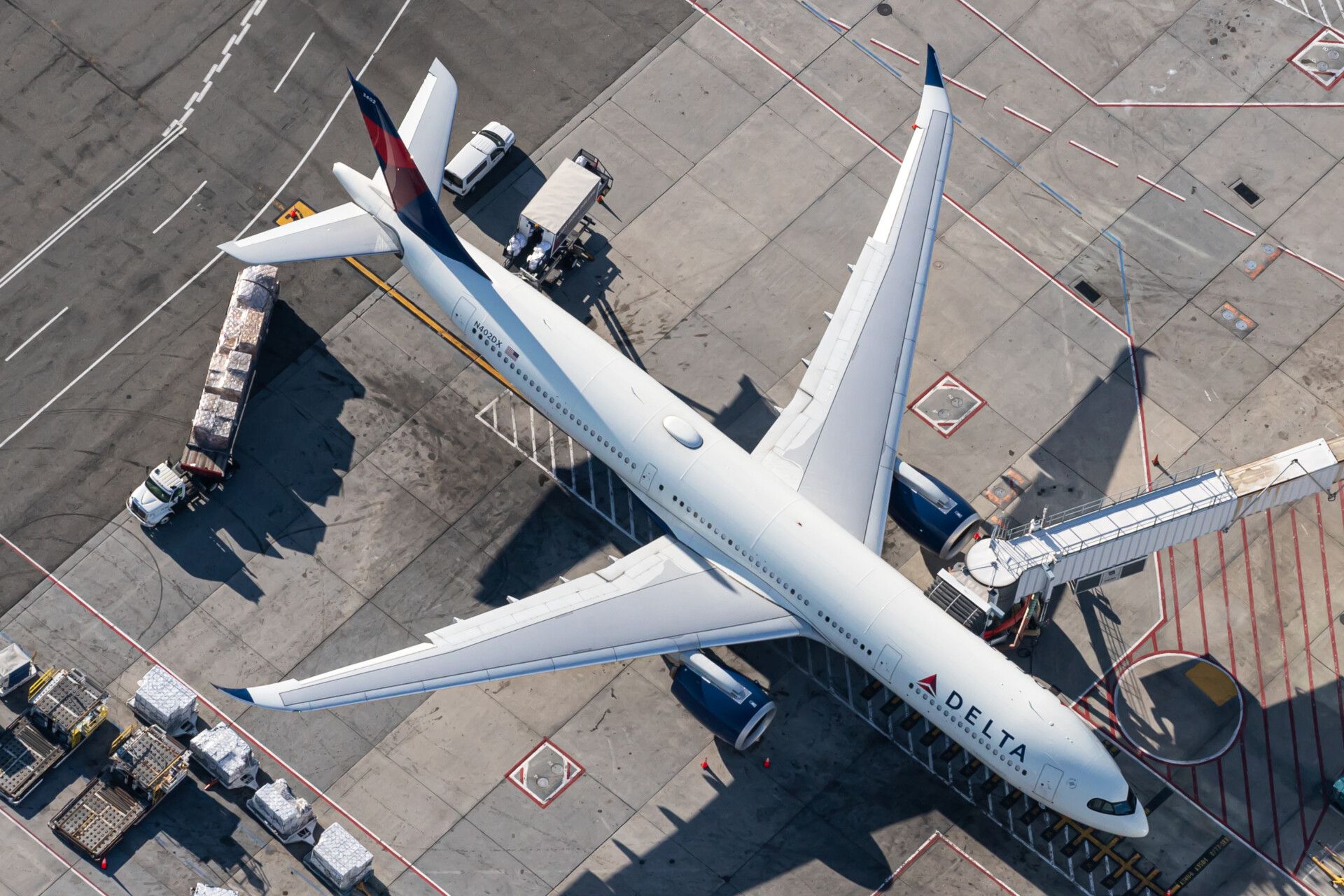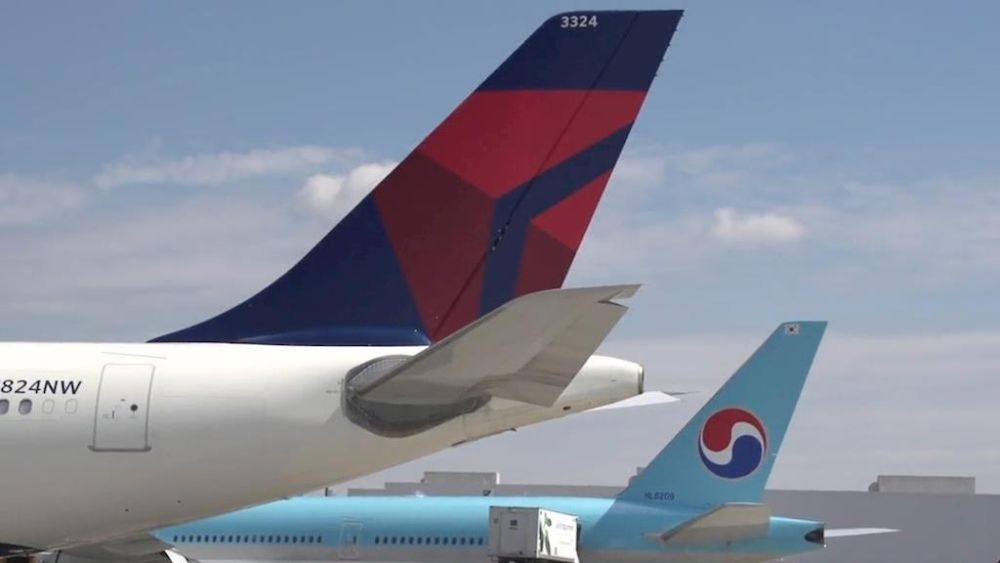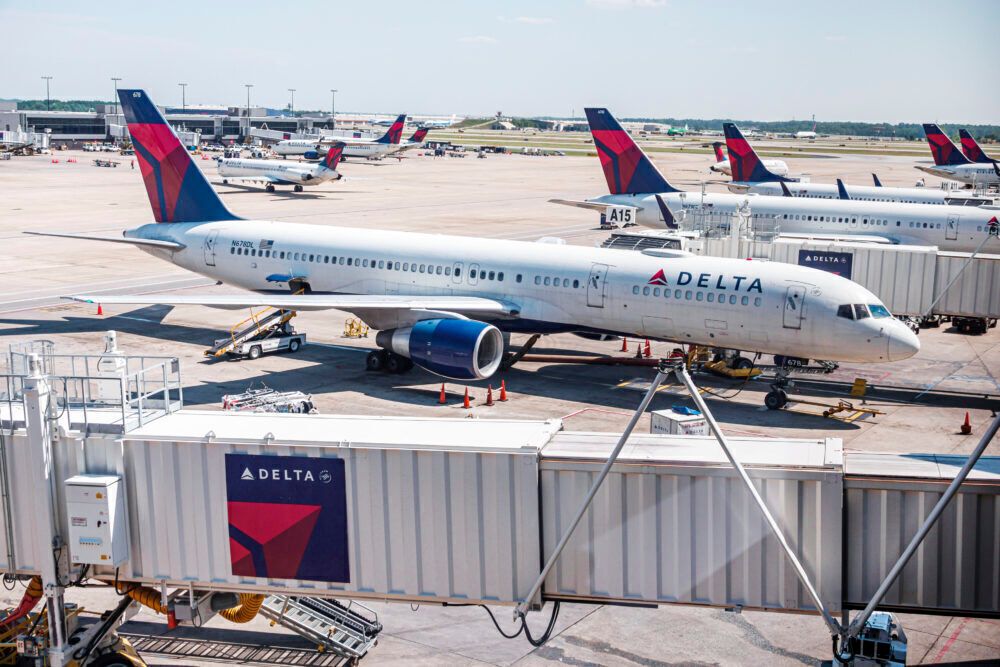Delta Air Lines has a myriad of airline partners around the world. The carrier has set out on plans to continue to streamline the passenger experience, now with a renewed focus on the airport experience. Delta and its partners will continue to move toward partner co-location in key cities and partner hubs through next year.
Delta plans to co-locate
Delta Air Lines is looking to co-locate its operations and its partners in the same terminal in key US and international destinations where the airline sells connections. The carrier is already co-located with its partners at 18 US and 11 international hub airports. This includes major hubs like Atlanta, Minneapolis, Amsterdam, Seoul, and more.
Over the next 12 months, the focus will be on expanding co-location at other key hubs. This includes Seattle, Los Angeles, Chicago, and Boston in the US. A top priority abroad is going to be Santiago, Chile. The push for co-location is also ongoing at other hubs. Santiago is a major hub for Delta joint venture partner LATAM, and offering easier connections is key for Delta's plan to become a bigger force in South America.
Allan Bellemare, EVP and President – International, at Delta, stated the following:
“Being in the same terminal, and at adjacent departure gates, means customers can quickly and easily move from one aircraft to another, with our teams on hand to support if needed. No one wants to rush to an onward connecting flight in another terminal, so we’re working closely with our partners to identify new opportunities to co-locate our operations so customers can sit back, relax and enjoy their journey.”
The benefits for customers
Terminal switches can be an annoying part of traveling. Not all terminals are connected airside, meaning some passengers need to re-clear security when changing terminals. This adds plenty of time to the connecting process. The most significant benefit of co-location is making connections easier.
For example, at Seoul's Incheon International Airport (ICN), Delta is co-located with its close partner, Korean Air, at Terminal 2. This has reduced the minimum connection time to just 45 minutes.
Delta is also planning on offering check-in counters, customer service desks, and departure gates in the same terminal. Operationally, this helps Delta and its partners closely coordinate bag connections and, in the case of irregular operations, help minimize customer inconvenience.
Stay informed: Sign up for our daily and weekly aviation news digests.
Benefits for airlines
There is a huge benefit for Delta and its customers to co-locate. From a scheduling perspective, airlines can offer far more convenient connections. For example, take a flight is coming in from a slot-restricted airport like London-Heathrow. That flight will have a specific takeoff time from Heathrow, and airlines have little flexibility to alter schedules.
So, suppose a partner airline is landing in a Delta hub without moving their departure or arrival time, and it is cutting it close to a wave of connections. In that case, co-location allows the partner airline to be able to sell a tighter connection than it would otherwise be able to.
Co-location also allows for an easier sharing of resources across airlines. This means assets like gate agents, baggage carts, ground services, and more. The efficiencies are hugely beneficial when it comes to operations.



